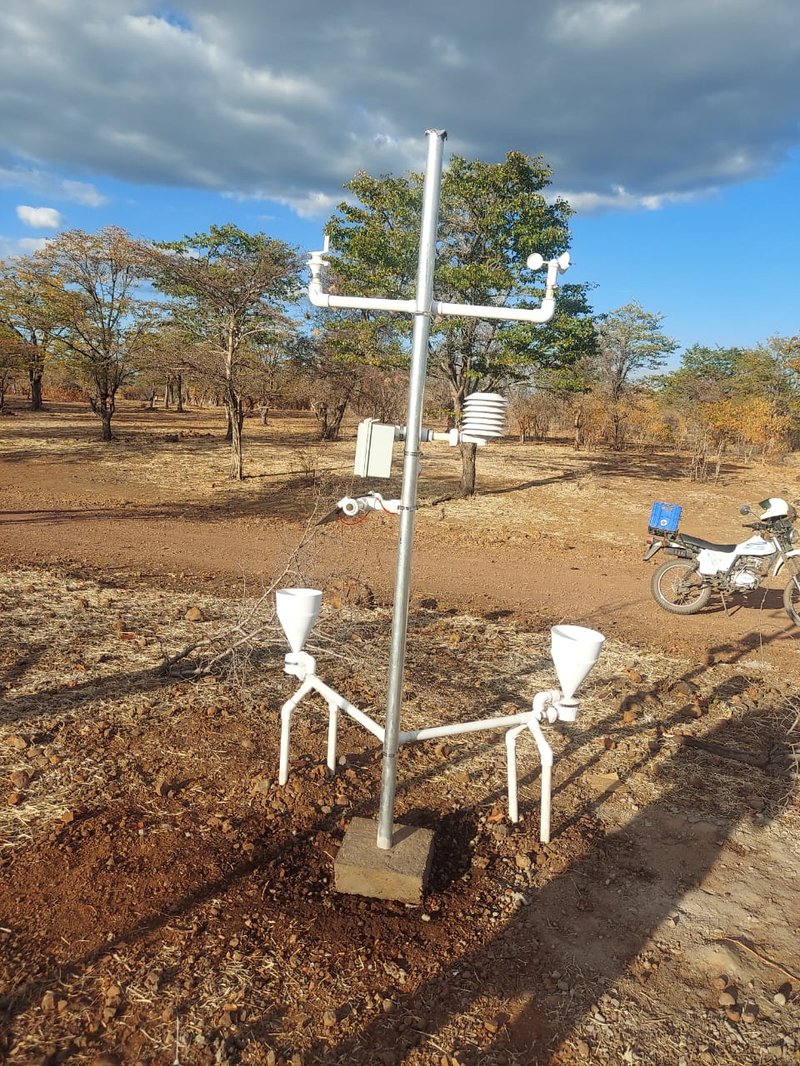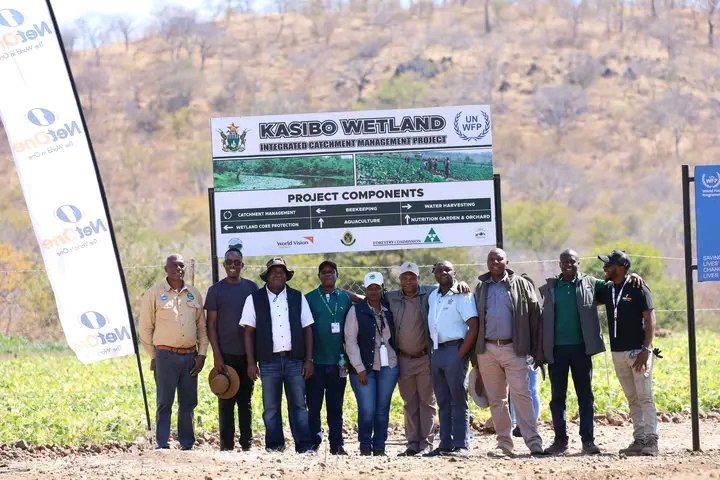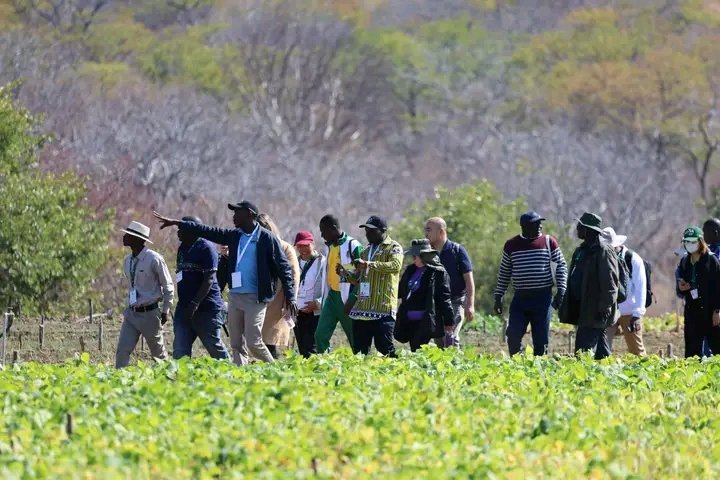Advancing Weather and Climate Surveillance Infrastructure Amid COP15 Deliberations
Hwange, Zimbabwe – July 2025

In a strategic fusion of environmental diplomacy and scientific modernization, Zimbabwe has commissioned a state-of-the-art Automatic Weather Station (AWS) within the ecologically significant Kasibo Wetland in Hwange District. The deployment, led by the Meteorological Services Department (MSD), comes at a pivotal moment as Zimbabwe assumes the presidency of the 15th Meeting of the Conference of the Contracting Parties (COP15) to the Ramsar Convention on Wetlands. This development is both a practical investment in national climate resilience and a symbolic assertion of leadership within the global wetland governance framework.

The Kasibo Wetland AWS is situated in a Ramsar-relevant ecosystem at approximately –18.2233°, 26.3567°, an area recognized for its biodiversity, hydrological functions, and vulnerability to climate-induced stress. Wetlands are increasingly exposed to erratic rainfall patterns, temperature shifts, and extreme weather events. As such, they represent a critical interface where weather and ecosystems intersect. The new AWS will collect high-frequency, in-situ meteorological data including air temperature, relative humidity, precipitation, wind speed and direction, solar irradiance, and atmospheric pressure. These parameters are essential for understanding microclimatic variability, supporting climate forecasting, and enhancing wetland management under dynamic environmental conditions.
This installation underscores the vital link between weather monitoring and wetland preservation. Wetlands play an integral role in climate regulation through carbon sequestration, groundwater recharge, and flood mitigation. However, these functions are contingent on stable hydroclimatic conditions. By placing modern meteorological equipment within a wetland system, Zimbabwe is reinforcing the principle that weather intelligence is indispensable for wetland conservation. Continuous atmospheric monitoring will allow scientists and policy-makers to detect signs of ecological stress early, such as drying trends, flooding thresholds, or seasonal anomalies, thus enabling evidence-based adaptation.
Beyond its technical capabilities, the AWS reflects a broader commitment to scientific sovereignty and multilateral cooperation. It aligns Zimbabwe’s national observation network and frameworks under the World Meteorological Organization (WMO). By generating reliable and locally owned data, Zimbabwe enhances its ability to contribute meaningfully to Regional Climate Outlook Forums (SARCOFs), strengthen its Nationally Determined Contributions (NDCs), and inform climate-smart decision-making at all levels. As one MSD climatologist aptly stated during the commissioning, “We cannot conserve what we cannot measure. In the age of climate disruption, every wetland deserves a weather sentinel.”

Zimbabwe’s leadership of COP15 to the Ramsar Convention further elevates the significance of this initiative. As host and president, Zimbabwe is tasked with shaping the global discourse on wetland conservation, ecosystem-based adaptation, and the sustainable use of inland water resources. The AWS serves as a practical demonstration of this commitment, advancing the goals of the Ramsar Convention through technological implementation rather than rhetoric alone. It exemplifies how countries can operationalize multilateral environmental agreements through domestic action and knowledge infrastructure.
The Kasibo AWS is envisioned as a prototype for wider deployment across Zimbabwe’s diverse ecoregions. These areas are not only ecologically vital but also socioeconomically significant, supporting livelihoods that depend on water security and agricultural resilience. As climate change intensifies, access to real-time, hyperlocal weather data will be essential for disaster risk reduction, early warning systems, and long-term ecosystem management.

